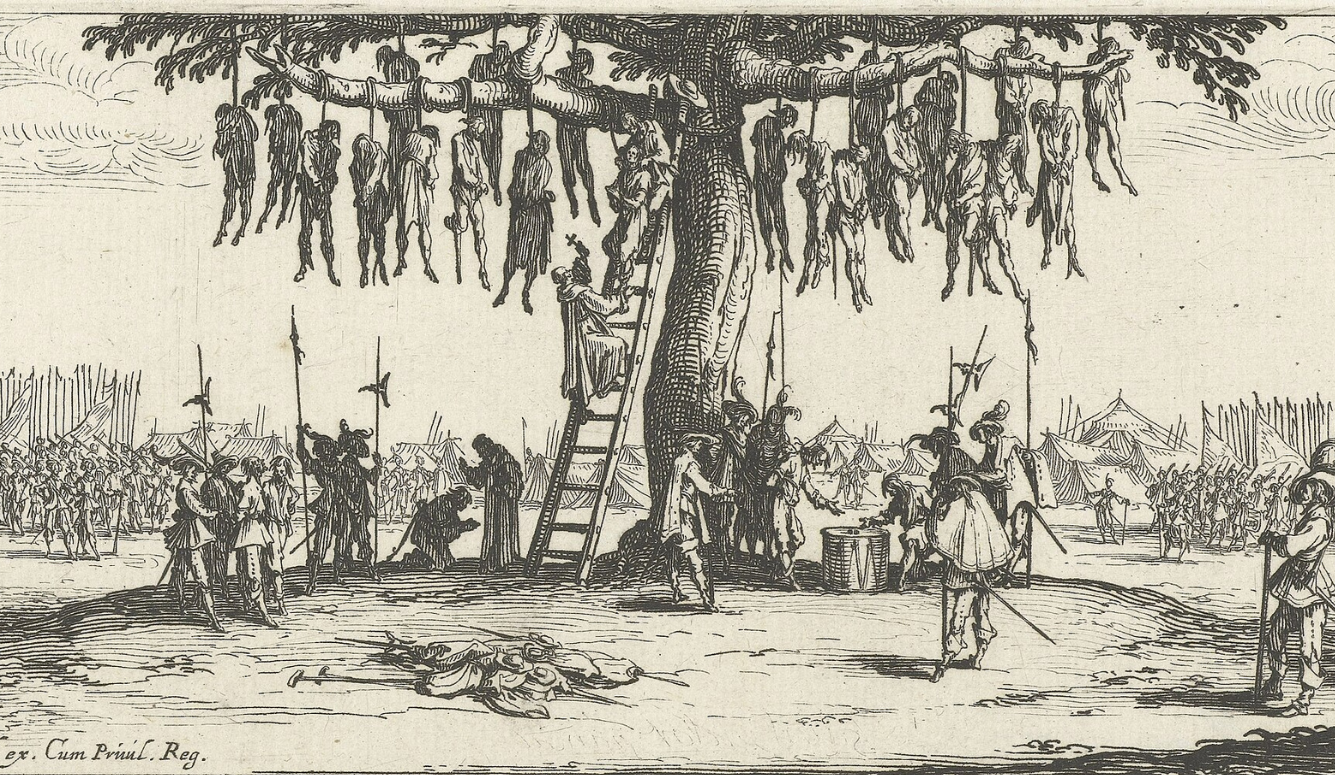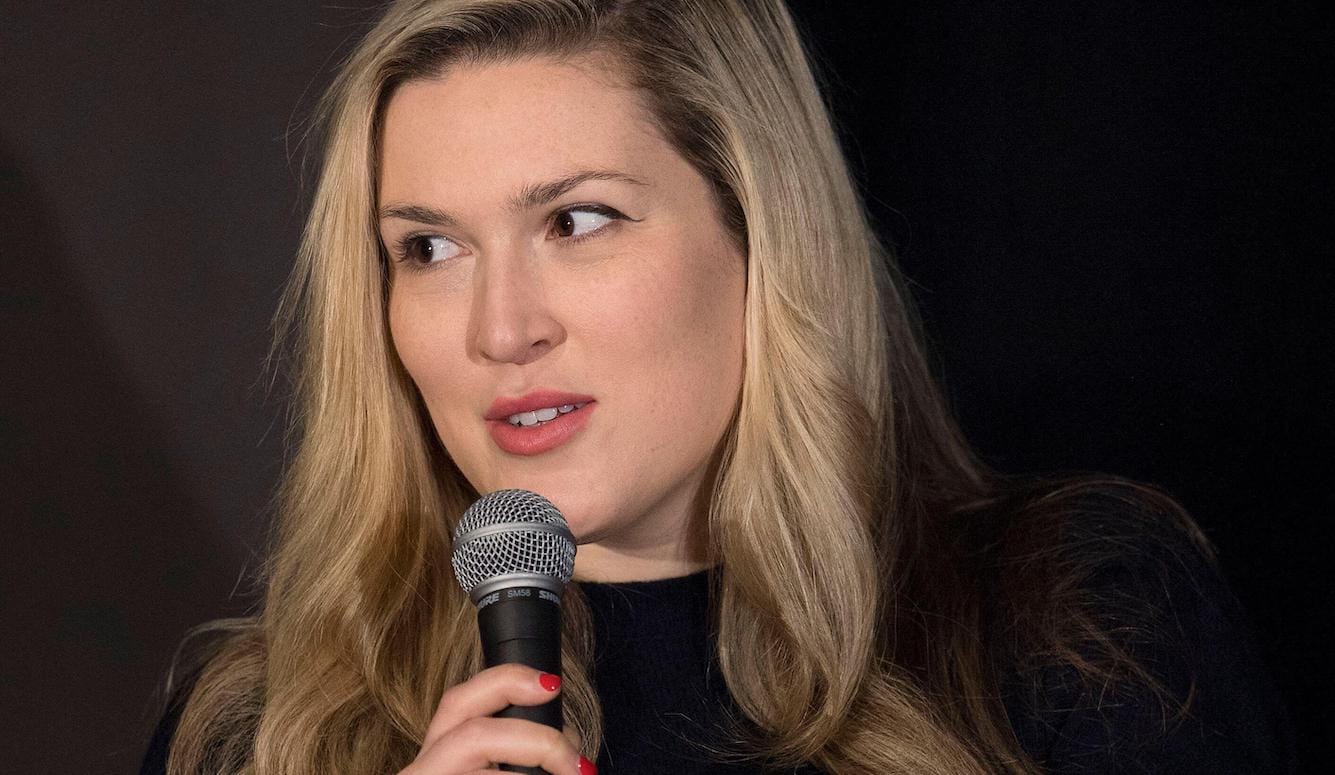Editorial
Our New, Subscription-Based World
Like Substack, Quillette is hoping to provide readers with more engagement, and less anger.

It’s been almost three decades since the birth of the world’s first online-only publications devoted to general-interest news, analysis, and commentary. By the standards of today’s shameless clickbait, those early titles, Slate and Salon being the most famous, generally channeled a conventional and intellectually respectable brand of journalism. But it didn’t take long for things to change. Salon embraced an overtly leftist brand; while Slate, though offering more centrist fare, lapsed into a click-generating formula that media critics summarized as Everything You Thought You Knew About X Is Wrong. (There was even a popular #slatepitches hashtag on Twitter, which satirists attached to such mock Slate articles as “Soccer: It’s time to let players use their hands” and “You’ve Got Fail: Why Electronic Mail Isn’t Here to Stay.”) The problem wasn’t that the editors at these publications were shallower, more partisan, or less intelligent than their legacy print and broadcast counterparts, but rather that their online-only perspective encouraged them to light up their hit counters with titillating fare. “Help! I Can’t Stop My Young Daughter From Making Racist Comments” is guaranteed to generate high numbers. “Can Belarus Escape Putin’s Orbit?” not so much.
In the 2000s came fresh waves of news (loosely defined) sites such as Gawker and Jezebel, which didn’t even bother with high-concept journalistic conceits. Because these publications came of age at a time when social media was already ascendant, the preferred article was one whose thesis would grab the attention of office workers looking for intellectual junk food on Facebook or Twitter. “I Look Down On Young Women With Husbands And Kids And I’m Not Sorry” and “How Accepting Leggings as Pants Made Me a Better Feminist” are classic specimens of this genre—which, as most readers (or at least their children) can attest, now flourishes in a yet more immersive and addictive incarnation: TikTok.
By the time Quillette was created in 2015, however, it was already apparent that even those sites consistently generating viral content were having a hard time sustaining themselves economically on annoying pop-up and banner ads. We knew, intuitively, that we’d have to embrace a much leaner production model. And unlike a newspaper or general-interest magazine, we couldn’t try to be everything to everybody, but rather would have to focus on a defined set of core editorial interests—a diverse but recognizable list that includes technology and futurism, media trends, evolutionary psychology and biology, history, education, and the perils of ideological extremism. Our bet was that if we published smart writers who dug deep into these areas, we’d find an audience composed of dedicated readers—especially if we hewed vigilantly to centrist political values, and a classically liberal (which is to say, expansive) understanding of the limits of free speech and academic inquiry. That bet paid off, which is the reason we’re still here.
Throughout it all, we have faced two mutually confounding challenges—one ideological and the other technological. The former trend is the increasingly tribal nature of politics: Especially during the Trump era, journalists, no less than politicians, began feeling increased pressured to align themselves with either angry conservative populism or hyper-progressive leftist orthodoxy. Because both camps offer built-in audiences, the temptation to succumb to one or the other can be strong—especially since the big digital platforms, Google and Facebook most notably, long ago tweaked their content algorithms so as to reward content that’s hyper-emotive and anger-inducing. All the better to harvest rage clicks.
A study published last year showed that US headlines denoting anger, fear, disgust, and sadness have all been proliferating over the past two decades, whereas headlines connoting joy or neutral sentiments have become less common. These trends were observed on both sides of the partisan divide. The study found that although these trends pre-existed modern forms of social media, there was a notable inflection point around the year 2010, at which point the change became more pronounced. This was around the time when Facebook introduced the “Like” button and Twitter introduced Retweets. Journalists looking to create viral content now had a way of keeping score.
One result of this is that it became more difficult for senior editors to exert authority over junior staffers, since everyone is now looking to digital metrics for their sense of professional validation, as opposed to old-fashioned in-house performance reviews. As noted by Matthew Yglesias, a co-founder of Vox Media, tech companies have begun to indirectly dictate what kind of content gets produced in newsrooms—right down to something as simple as a humble food recipe: “Everyone complains about having to read through a few hundred words before getting to the recipe you wanted. But that was because Google gave priority to recipe pages that were structured like real articles.”
These algorithms have had a centrifugal effect on newsroom politics, since the most extreme views tend to get the most attention from readers. “Hard-core identity politics and simplistic socialism perform incredibly well on Facebook,” Yglesias has noted. “That doesn’t mean journalists started pretending to be left-wing to get clicks. But people who had some authentic left-wing opinions found that writing on the subjects where they were the most left tended to generate the most traffic, and early career journalists with authentic leftist views outperformed their colleagues.” Even those journalists who’ve found themselves unsettled by this trend often find there’s little they can do about it—since, without viral content, media employers wouldn’t be able to generate the millions of clicks required to keep the lights on and pay everyone’s salaries.
To avoid falling into this same trap, we have ensured that everything we build at Quillette, from our back catalog of essays and commentary to our podcasts, is designed to remain viably funded through direct support from readers and listeners. While some of our content does sometimes go viral, this comes as a consequence of its quality, not a necessary design feature of our business model. It’s one reason why we’ve managed to stick to our journalistic principles over these last eight years: While striking contrarian, politically heterodox positions may earn us barbs on the Internet, it won’t cost us our livelihoods.
During the period of Quillette’s operation, our editors have developed a love-hate relationship with the digital marketplace of ideas. On one hand, we were conceived as a sanctuary from Internet-fueled political hysteria and tribalism. On the other hand, Quillette simply wouldn’t exist if it weren’t for the content-distribution tools that the modern web makes possible. Even the much-maligned social media companies deserve credit: If they weren’t around, we’d have had no way of getting the word out about our fledgling website. All that soaring 1990s-era rhetoric about how the web was going to let a thousand intellectual flowers bloom—not all of it was nonsense.
Our relationship with the culture war is equally complicated. On the one hand, we’re proud that Quillette writers have consistently and effectively skewered anti-liberal progressive extremists, debunked cultish academic fads, stood firm against right-wing public-health misinformation during the COVID pandemic, and raised alarm bells in regard to unproven medical treatments administered to gender dysphoric children. Our coverage of these areas brought us an international audience on a scale far out of proportion to the actual size of our editorial operation. But they also drew Quillette, as in institution, into the same culture war whose shrill and increasingly fanatical character our writers tend to criticize. Moreover, some of our longstanding supporters, and even contributors, have come to (mistakenly) see Quillette’s editors as culture warriors first, and journalists second—and, on this basis, have chastised us for letting down the side (i.e., their side) by calling out anti-democratic Trump supporters, Putin apologists, and the apocalyptic rhetorical excesses of the “anti-woke” camp. But we make no apologies for this: Through its journalism, Quillette has always sought to protect the core elements of the traditional liberal social contract, not take sides among those threatening it from the political wings—even if this pox-on-both-houses position doesn’t always earn a ton of clicks.
Over the past year, since building a new website using the open-source software of Ghost, Quillette has implemented a subscription-based system for accessing our content. This was more than just a business decision. For reasons discussed above, we believe that the quality of journalism improves when editors and writers direct their content toward an informed and dedicated audience whose opt-in requirements consist of more than just a bored finger tap or mouse click. Yes, these audiences will necessarily be smaller than the mass market courted by many general-interest news sites. But they will also be more willing to pay for the content they receive, thereby providing another path to economic viability aside from viral clickbait.

Another site that has put down stakes with this kind of approach is Substack, a newsletter platform that allows users to narrowcast their ideas to subscribers. Effectively, Substack has automated many of the editorial and back office functions that once had to be performed manually in creating and maintaining a site such as Quillette. It is a model we expect to flourish in coming years, especially now that Substack is introducing a Twitter-like feature called Notes that allows writers to interact with one another with short-form posts that can be liked, commented upon, and (wait for it) “restacked.” One can see why Twitter owner Elon Musk seems scared by this nascent new rival, for it allows Twitter-style communication while adding an important tweak that will likely serve to reduce toxicity and increase the informational signal-to-noise ratio:
The Substack network runs on paid subscriptions, not ads … In legacy social networks, people get rewarded for creating content that goes viral within the context of the feed, regardless of whether or not people value it, locking readers in a perpetual scroll. Almost all the attendant financial rewards then go to the owner of the platform. By contrast, the lifeblood of a subscription network is the money paid to people who are doing worthy work within it.
This is a philosophy that we share. Whether you are a reader who’s been with us from the beginning, or someone who’s just stumbled on Quillette recently, we thank you for taking the time to read what our writers have to say. If you find value in it, please consider subscribing. And in return, we hope to provide you with content that elicits far more interest than rage.





